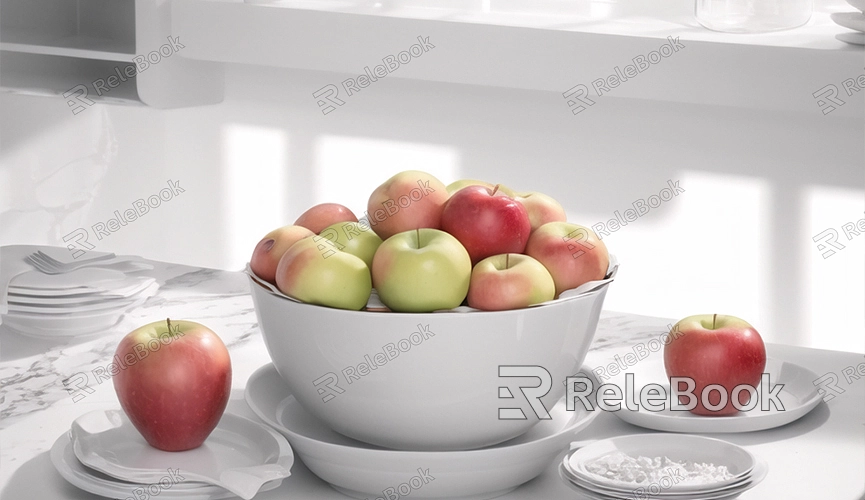C4D How to Make 3D Printing Models
In this era of rapid development in 3D printing technology, using 3D software to create printable models has become a common practice for many designers and makers. Cinema 4D (C4D) is a powerful 3D modeling software, not only suitable for animation and visual effects production but also ideal for creating 3D printing models. This article will introduce how to use C4D to create models suitable for 3D printing, helping you quickly master this skill.
Preparation
Before you start, make sure you have installed the C4D software and have a basic understanding of modeling operations. You'll also need a reliable 3D printer or find a company that provides 3D printing services.

Creating Basic Models
1. Open C4D:
Launch Cinema 4D and create a new project.
2. Choose Modeling Tools:
In the toolbar on the left side of the interface, you can find various modeling tools such as cube, sphere, cylinder, etc. Select a basic shape suitable for your design.
3. Create Basic Shape:
Drag the selected shape into the workspace and adjust its size and proportions to meet your initial design requirements.
Refining the Model
1. Use Polygon Modeling:
Convert the basic shape to an editable object (right-click on the object and select "Make Editable").
Use polygon modeling tools (such as knife, extrude, bridge, etc.) to refine the design of the model.
2. Add Details:
Add necessary details according to design requirements, such as holes, grooves, textures, etc. These details will make your model more realistic and functional.
Ensuring Printability of the Model
1. Check Model Closure:
3D printing models must be closed polygon meshes. Use C4D's "Normals Tool" to check and repair any potential openings or cracks.
2. Adjust Model Size:
Adjust the size of the model according to the printing dimensions of the 3D printer. In the Attributes panel, you can precisely set the actual size of the model.
3. Optimize Mesh:
Ensure that the polygon count of the mesh is moderate, not overly complex, to avoid affecting printing quality and speed. Use the "Optimize Tool" to reduce unnecessary polygons.
Exporting Model Files
1. Choose Export Format:
3D printing typically uses STL or OBJ file formats. Click on "File" -> "Export" -> select STL or OBJ format.
2. Set Export Parameters:
In the export dialog, set appropriate parameters such as units, resolution, etc. Ensure that the model units match those used by the 3D printer.
3. Save the File:
Choose a save path and name the file, then click "Save" to complete the export.
Pre-Printing Preparation
1. Use Slicing Software:
Open 3D printing slicing software (such as Cura, PrusaSlicer, etc.), import the exported 3D model file.
Set printing parameters such as layer height, infill density, print speed, etc.
2. Generate G-Code:
The slicing software will slice the 3D model into layers and generate G-code files, which will be used to control the 3D printer.
Starting 3D Printing
1. Upload G-Code:
Upload the generated G-code file to the 3D printer, usually via USB, SD card, or WiFi connection.
2. Calibrate the Printer:
Ensure that the printer is calibrated, including bed leveling, nozzle height, etc.
3. Start Printing:
Begin the printing process, closely monitor the printing progress to ensure everything goes smoothly. If any issues arise, adjust parameters or pause printing for repairs.
By following these steps, you have learned how to use Cinema 4D to create 3D printing models. From creating basic shapes to refining designs, exporting, and printing, each step is crucial. I hope this article has been helpful to you and enables you to better utilize C4D for 3D printing design. If you need high-quality 3D textures, HDRI, or 3D model downloads while creating models and virtual scenes, you can download them directly from Relebook and import textures and 3D models into your project for use.

